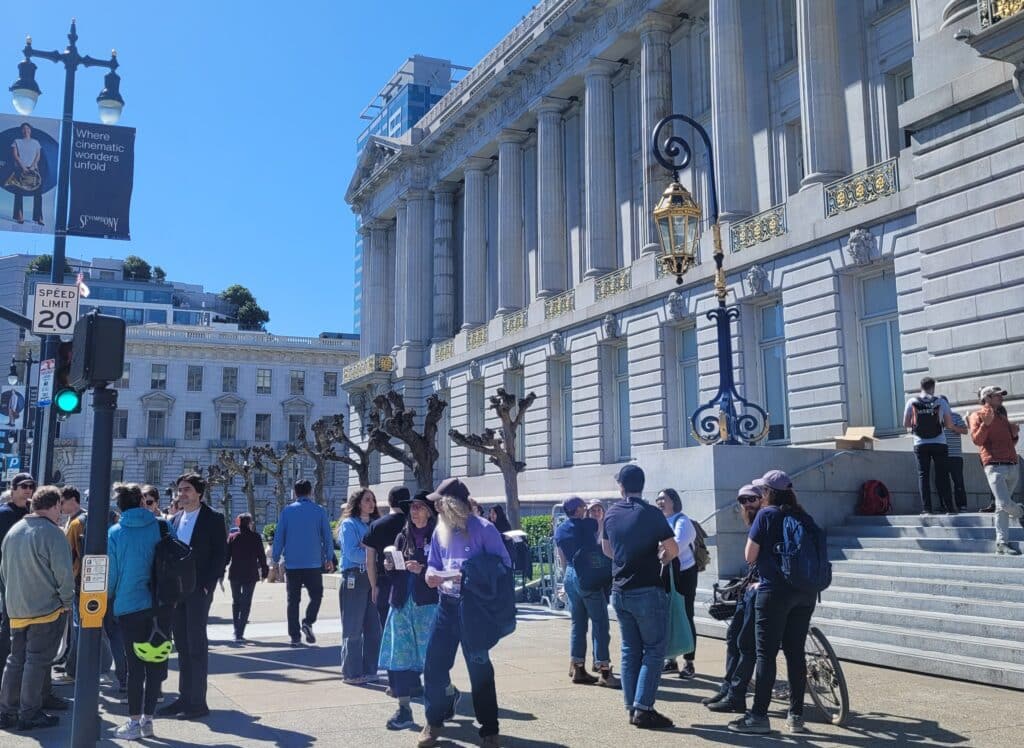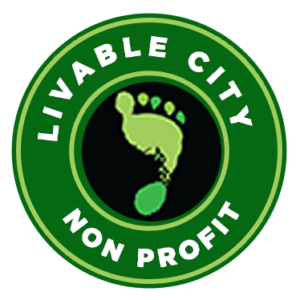
Life in San Francisco wouldn’t be the same without Muni. Our municipal transit agency is essential to City mobility and livability, and key to meeting our equity, economic recovery, housing, and environmental goals.
Yet Muni is facing its second existential crisis in five years. During the pandemic Muni service was pared down to a bare-bones network. It has since rebounded. Thanks to Muni’s hardworking staff and support from the agency’s leadership, Muni has better reliability than before the pandemic and the highest rider satisfaction in over two decades. Some Muni lines like the 22 Fillmore and Van Ness lines have more riders than before the pandemic, thanks in part to transit-priority investments, like dedicated lanes and improved stops, on city streets. Muni is still running less service than before the pandemic. Some of that is peak-period commute service to downtown, where fewer people commute to work daily, and some of that is in neighborhoods across the city.
Muni is forecasting an approximately $15 million deficit in the next fiscal year (July 2025 to June 2026), and a much larger deficit – the ‘fiscal cliff’ – in 2026, forecast at $300 million or more. The fiscal cliff threatens other Bay Area transit agencies, including BART and Caltrain. Those agencies have also recently improved service and rider satisfaction, but are struggling with lower commute ridership and the impending cutoff of federal funding.
Livable City is working with other transit advocates to keep Muni, BART, and Caltrain on track to a better transit future. We are part of the Muni Now, Muni Forever campaign, which is demanding that our elected officials solve Muni’s budget deficit and maintain Muni service without resorting to harmful service cuts. City officials, including the Mayor, Board of Supervisors, and SFMTA board of directors, can and should plug the SFMTA deficit with available reserves and parking-related revenues to avoid more service cuts this summer. Together we are calling on the state legislature and governor to allocate another $2 billion to transit in the current fiscal year. Finally we are working with transit advocates on a regional measure, or a combination of regional and City measures, which will prevent next year’s fiscal cliff.
Muni is essential now, and we will need it even more to create a better future. As we have pointed out in the media, the Mayor’s top priorities, including downtown economic recovery and boosting housing production, won’t succeed without robust Muni service. Our City’s climate commitments depend on shifting trips to sustainable modes – walking, cycling, and public transit. To get to that better future we must keep Muni frequent, reliable, and affordable, and expand Muni service during off-peak hours and in underserved neighborhoods.
You can keep Muni rolling by telling the Mayor and your Supervisor it’s important to avoid Muni service cuts this summer, and even more service cuts and fare increases next year. Tell the governor and your state legislators that you want California to keep public transit strong by allocating another $2 billion this year and increasing support in years to come.




